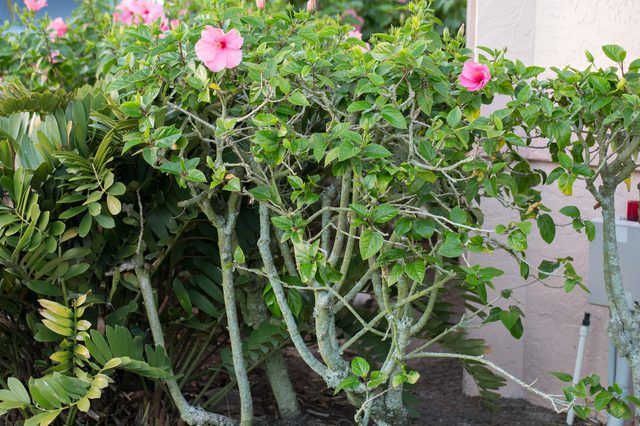Bulbs
Flower Basics
Flower Beds & Specialty Gardens
Flower Garden
Garden Furniture
Garden Gnomes
Garden Seeds
Garden Sheds
Garden Statues
Garden Tools & Supplies
Gardening Basics
Green & Organic
Groundcovers & Vines
Growing Annuals
Growing Basil
Growing Beans
Growing Berries
Growing Blueberries
Growing Cactus
Growing Corn
Growing Cotton
Growing Edibles
Growing Flowers
Growing Garlic
Growing Grapes
Growing Grass
Growing Herbs
Growing Jasmine
Growing Mint
Growing Mushrooms
Orchids
Growing Peanuts
Growing Perennials
Growing Plants
Growing Rosemary
Growing Roses
Growing Strawberries
Growing Sunflowers
Growing Thyme
Growing Tomatoes
Growing Tulips
Growing Vegetables
Herb Basics
Herb Garden
Indoor Growing
Landscaping Basics
Landscaping Patios
Landscaping Plants
Landscaping Shrubs
Landscaping Trees
Landscaping Walks & Pathways
Lawn Basics
Lawn Maintenance
Lawn Mowers
Lawn Ornaments
Lawn Planting
Lawn Tools
Outdoor Growing
Overall Landscape Planning
Pests, Weeds & Problems
Plant Basics
Rock Garden
Rose Garden
Shrubs
Soil
Specialty Gardens
Trees
Vegetable Garden
Yard Maintenance
How to Trim a Hibiscus Tree
How to Trim a Hibiscus Tree. Trimming back hibiscus promotes new growth and prolific flowering. Clearing away dead or pest-damaged wood also improves plant health. Shaping done each spring maintains a beautiful, healthy hibiscus.
Trimming back hibiscus promotes new growth and prolific flowering. Clearing away dead or pest-damaged wood also improves plant health. Shaping done each spring maintains a beautiful, healthy hibiscus.
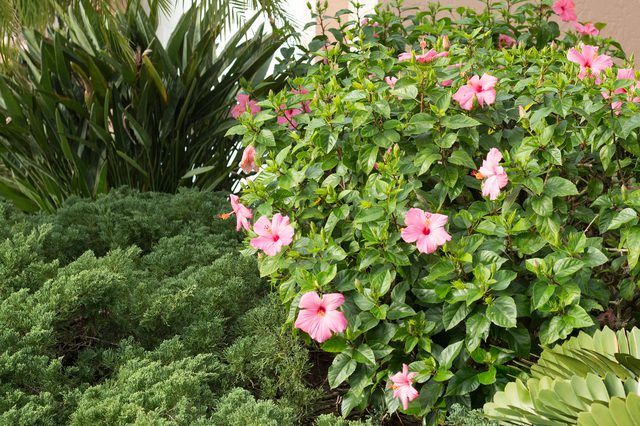
Things You'll Need
Pruning shears
Pruning saw
Step 1
Trimming a hibiscus properly requires shears that are sharp and sterilized. Dull shears strip off bark or smash the branch, leaving the tree exposed to pests and infections. Sterilized shears stop the spread of disease-causing organisms. Squeeze hand sanitizer onto a clean cloth and wipe across the blades. If cutting diseased wood, sterilize the blades before making each cut. Pruning shears are designed for cutting branches 1/2-inch thick. A pruning saw may be needed for larger branches–usually 2 inches or more in diameter.
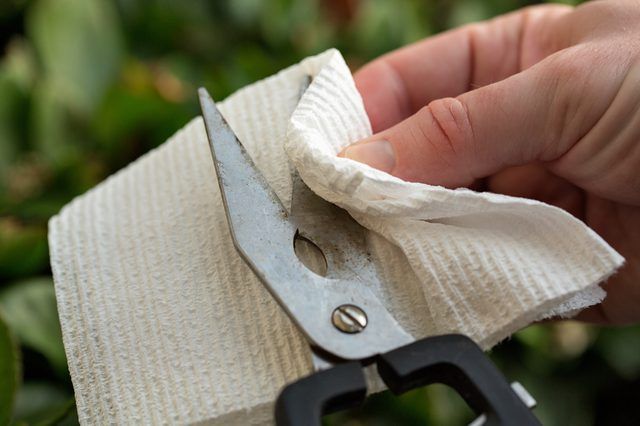
Step 2
Two factors must be taken into account while trimming a hibiscus: timing and plant maturity. Timing depends on your weather zone. Frost damages new growth so pruning should begin no earlier than March. Pinching off new growth on young shrubs produces thicker shrubs and more flowers. Older wood produces few flowers so mature shrubs often require a one-third reduction of the entire plant.
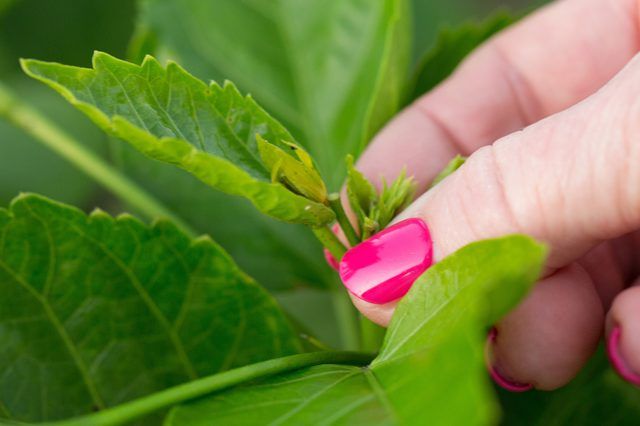
Step 3
Begin with any branches that are out of proportion. Move about one-third of the way down the branch and find a leaf node. Be sure the leaf node faces the way you want the new branch to grow–usually facing out and up. Cut at a 45-degree slant, leaving 1/4 inch of wood above the node.
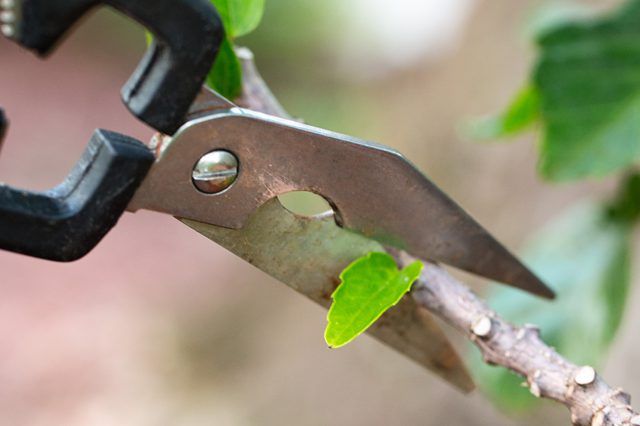
Step 4
Shape the remaining branches into the desired form–tree shape with no branches on the lower half or a bush style. Leaving some branches alone ensures blooms early in the growing season and later when the new growth emerges. Depending on the weather, new growth should begin in several weeks. Fertilize at half strength after two weeks. Watch new growth for any harmful insects.
